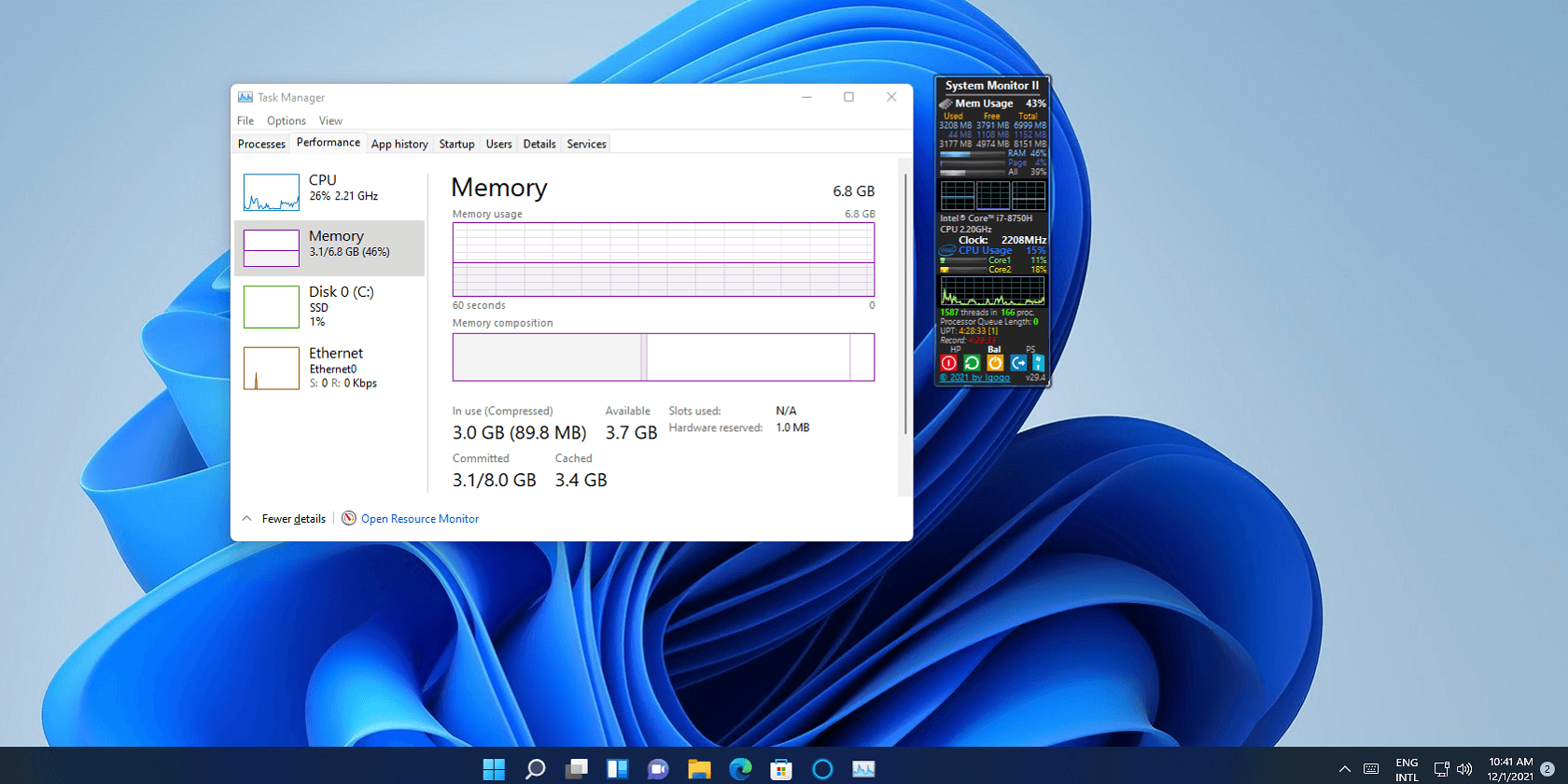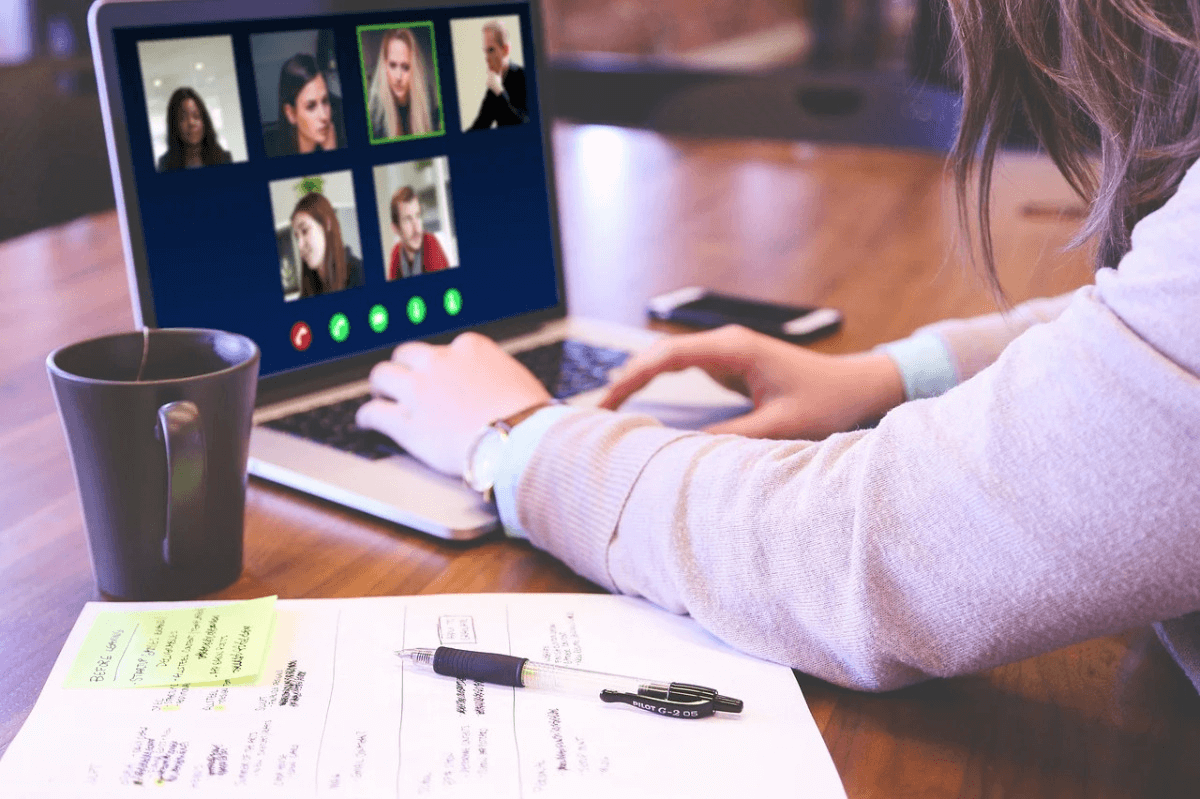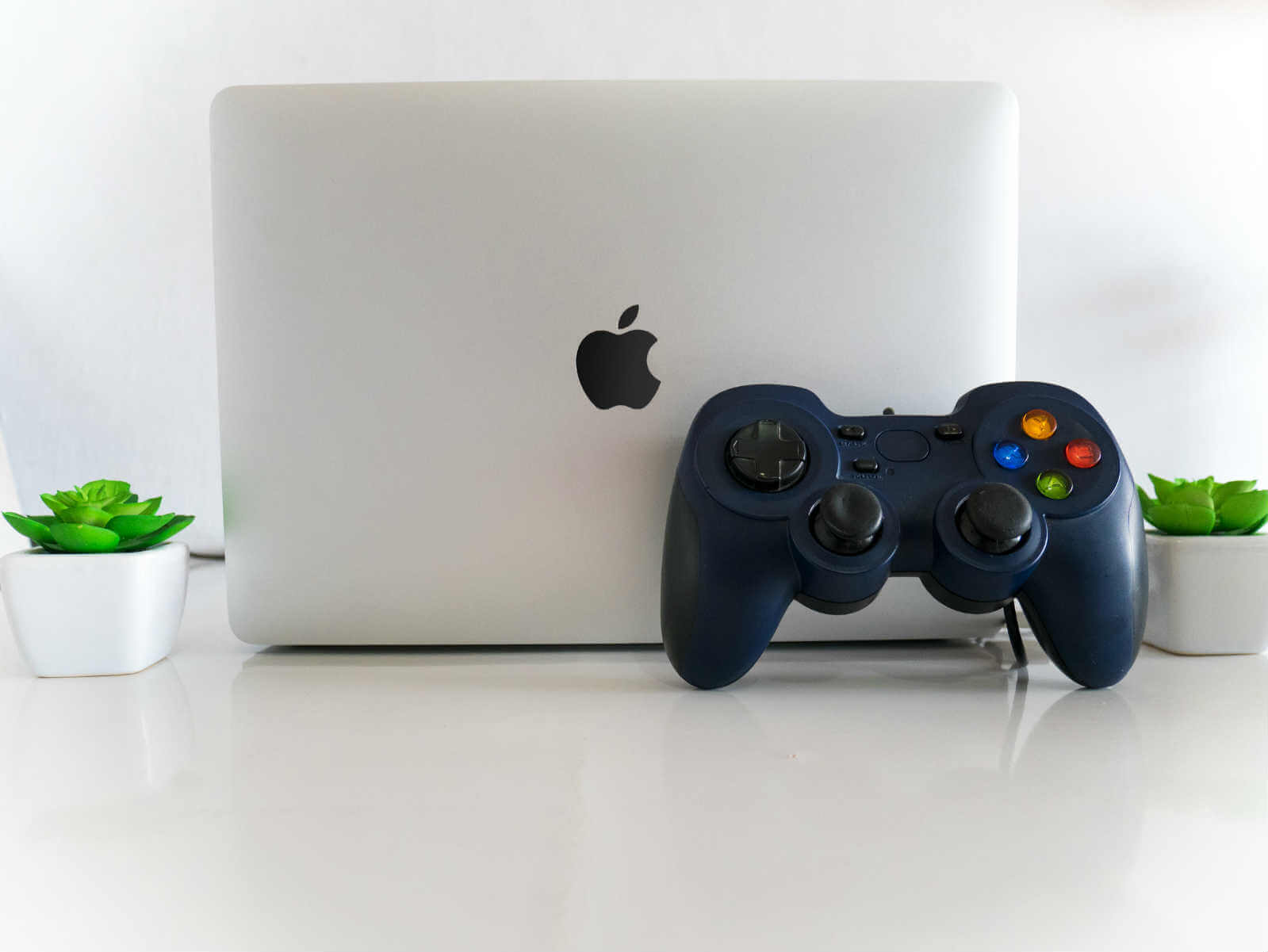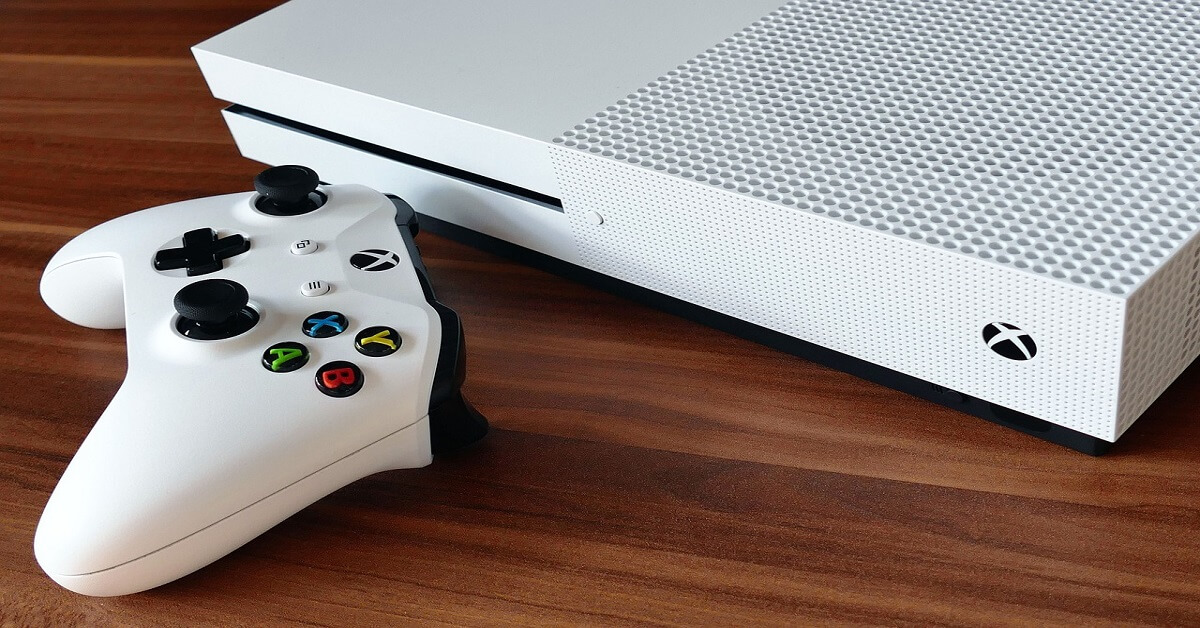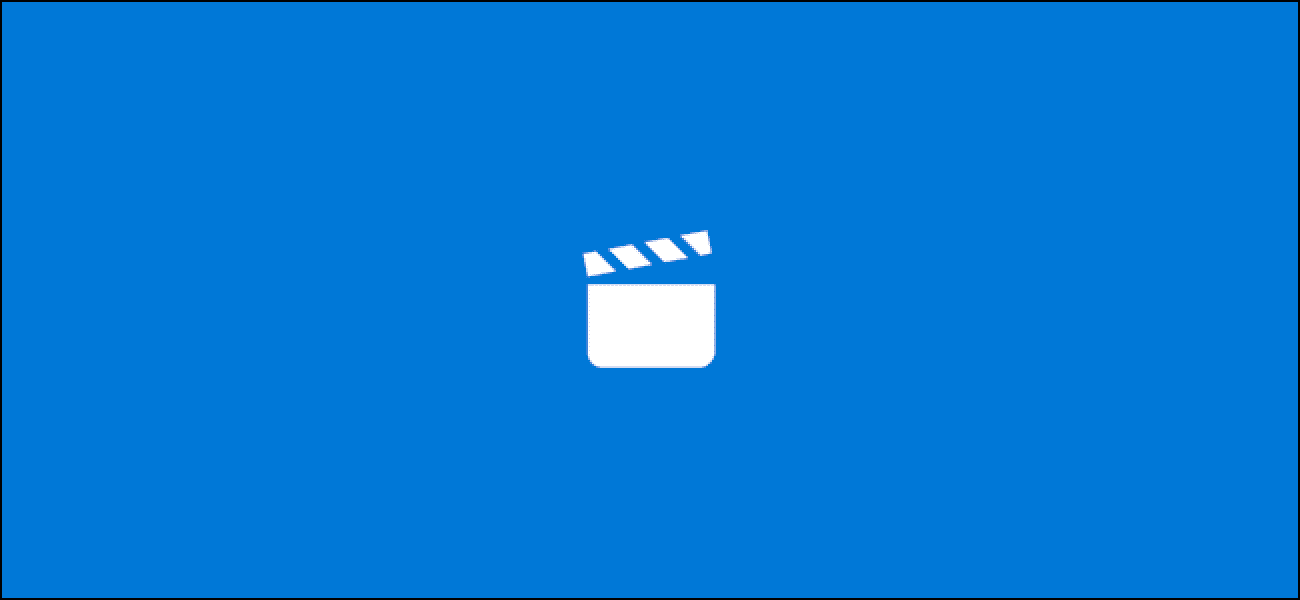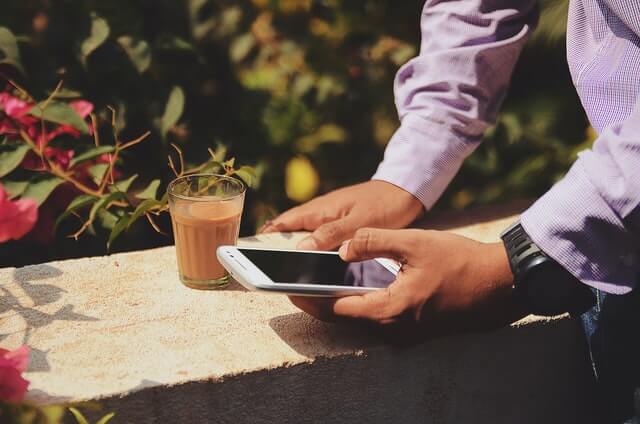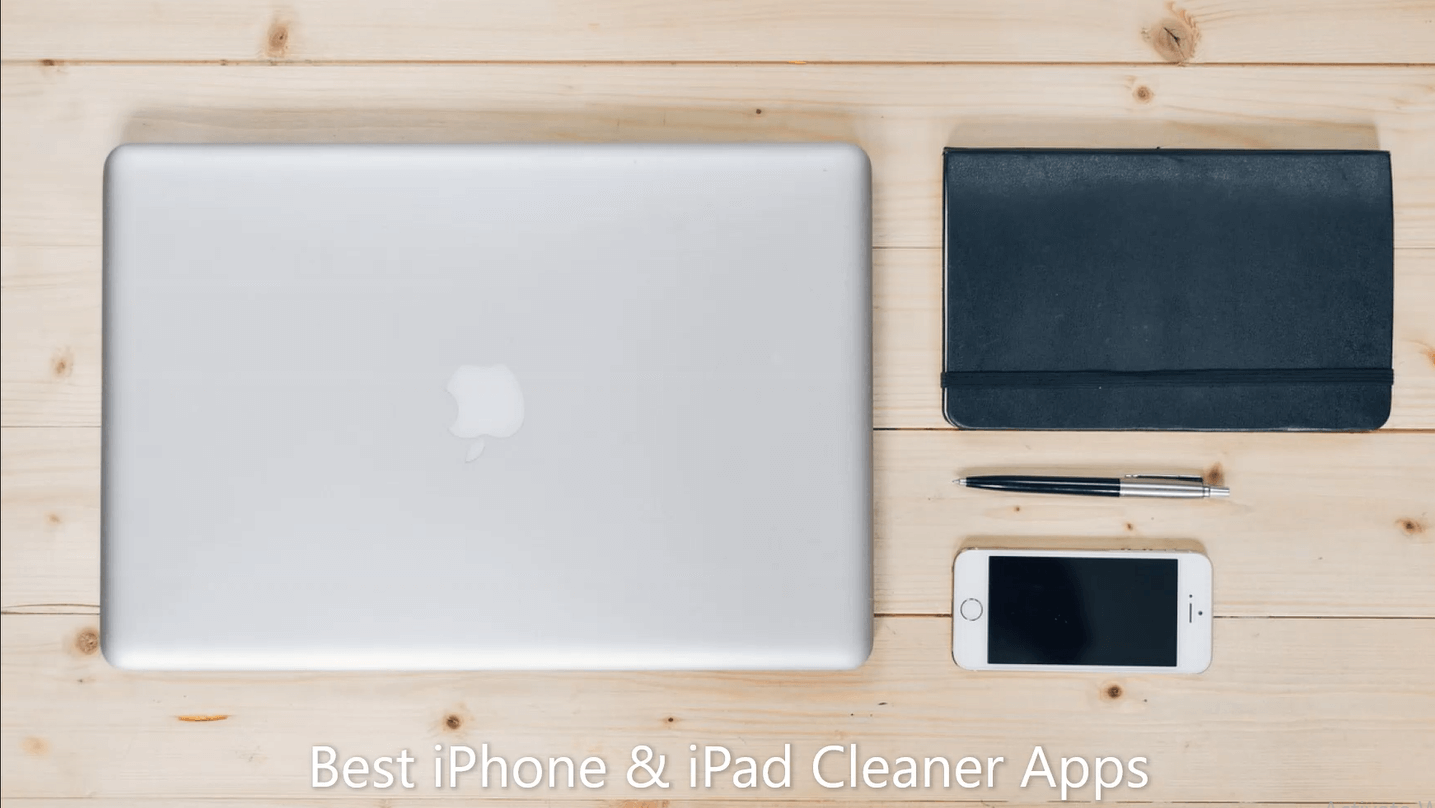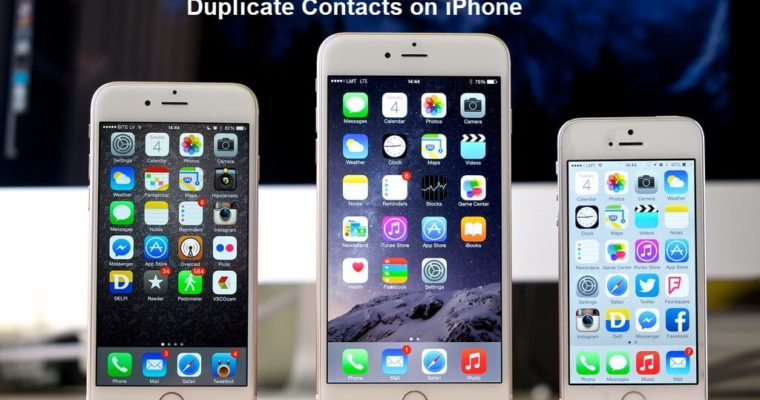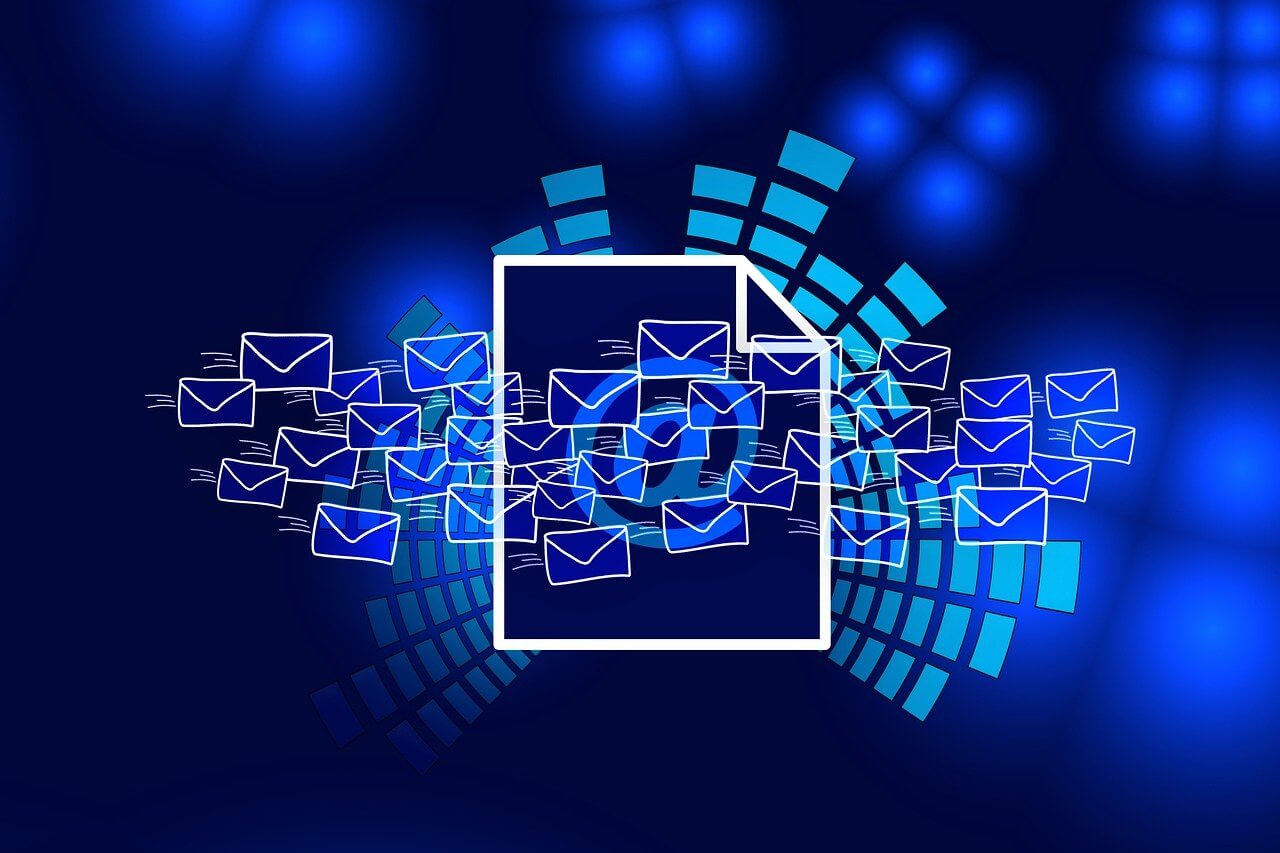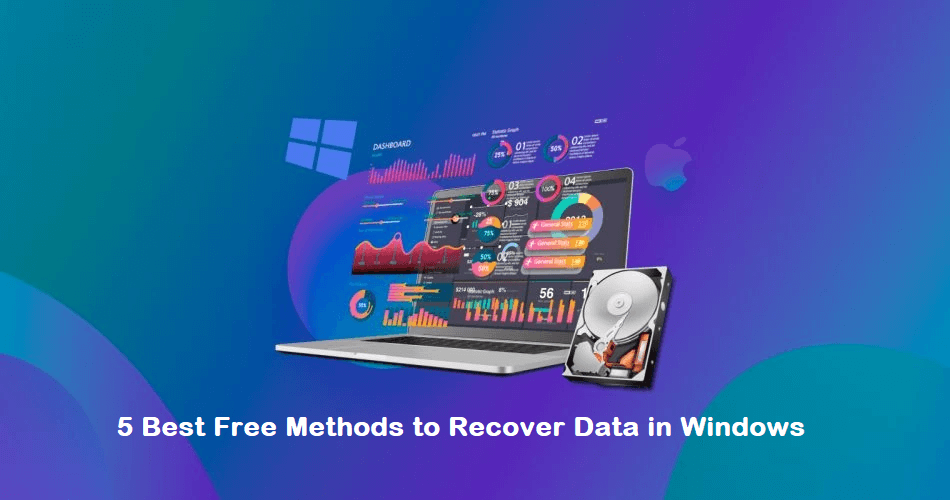Here’s How to Reduce RAM Usage on Windows PC — 13 Solutions
Random Access Memory is the lifeline of your PC. Your Windows computer can lag, crash, and freeze on you without sufficient RAM.
Since all tasks require memory, a PC cannot process effectively during excessive RAM usage. Therefore, you require significant free RAM on your PC to perform day to day operations.
And it is easy to reduce RAM usage on Windows PCs. All you have to do is follow the simple 13 preventive steps, and your RAM will never give you any trouble.
Let’s see easy preventative measures to reduce RAM usage on Windows.
What Happens If Your PC Runs on Low RAM?
Every task you perform on your PC takes up some space. Even right-clicking on an icon takes up a small space from the RAM.
Thus, if your computer’s RAM is being overused, it will lag and be unable to perform the basic tasks. In addition, overused RAM can create several Windows errors, like:
- Application or system crashes
- Slow loading
- Poor web browsing speed
- Decreased PC performance
How to Ensure Your RAM Is Overused?
Your computer can lag, crash or freeze due to other operational reasons too. Thus, if your PC is working slow, it is not a sure shot sign that your RAM is being overused.
So, before coming to a conclusion, first, check your RAM usage. Here’s how to do that:
Step 1. Press the Ctrl + Alt + Delete key combination and select Task Manager.
Step 2. From the Task Manager, click on More Details if it only shows the list of running programs.
Step 3. Go to the Performance tab > Memory.
Step 4. You can check your PC’s RAM usage and how much memory is free and in use on the screen.
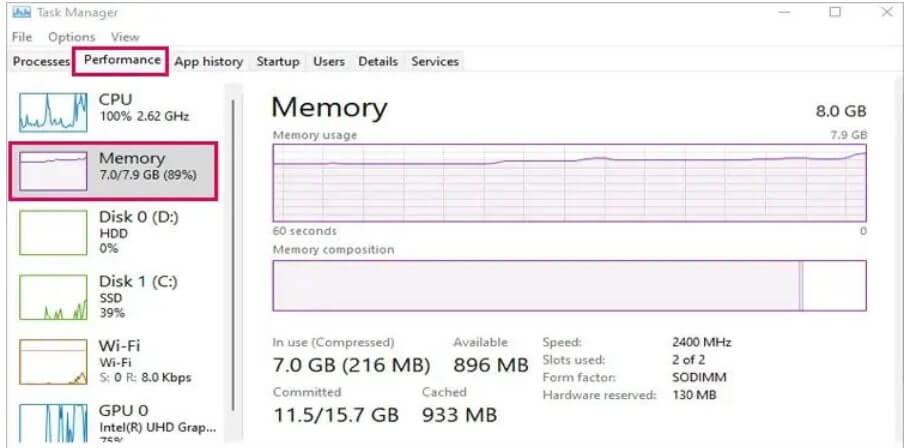
Usually, RAM consumes 3-5 GB when idle. It may vary on operating systems. But, it is recommended to have at least 5 GB of RAM free to perform your tasks smoothly.
Besides this, you can also check the RAM usage for the Task Manager, following these steps:
Step 1. Go to the Task Manager > Process tab > Memory.
Step 2. You can now see every running application’s memory usage.
13 Solutions to Reduce RAM Usage on Your Windows PC
Once it is established that your PC is running on low RAM, don’t rush to replace your RAM. Before investing in a new RAM, you can take the following preventive measures:
Solution 1. Turn Off Background
You might not realize it, but several programs are running in the background when you are working on your PC. Game launchers, chat programs or antivirus software often run in the background and consume your RAM.
Thus, you can turn off unwanted background programs and free up your RAM space like this:
Step 1. Click on the up arrow icon on the Taskbar. A box saying Show hidden icons will come up on your screen when you hover over it.
Step 2. Right-click on the application you want to stop running in the background.
Step 3. Press Quit or Exit and repeat the process on all unused programs.
Solution 2. Turn Off Programs With High Usage
If you want to turn off background programs that are taking up a large space on your computer, use these steps:
Step 1. Launch the Task Manager by pressing Ctrl + Shift + Esc keys.
Step 2. Expand the More details on the Task Manager pop up.
Step 3. Under the Details tab, left-click on Memory to sort all processes based on the memory usage.
Step 4. Scroll down and check which app is consuming more memory.
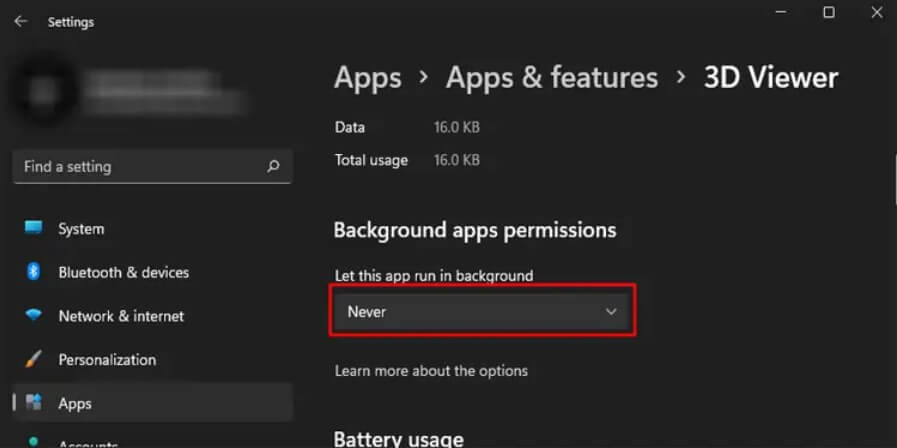
Step 5. Select the programs with high memory consumption and press End Task to turn them off.
Solution 3. Disable Startup Application
Programs that startup with your computer is also the reason behind reduced RAM usage on your PC. The startup programs can take up a large space on your RAM and slow down the PC boot up. So, you can disable certain apps from the startup as:
Step 1. Open the Task Manager > Startup tab.
Step 2. From there, you can see all the startup applications.
Step 3. Right-click on the programs that have Low, None or Not measured impact on startup and click on the Disable.
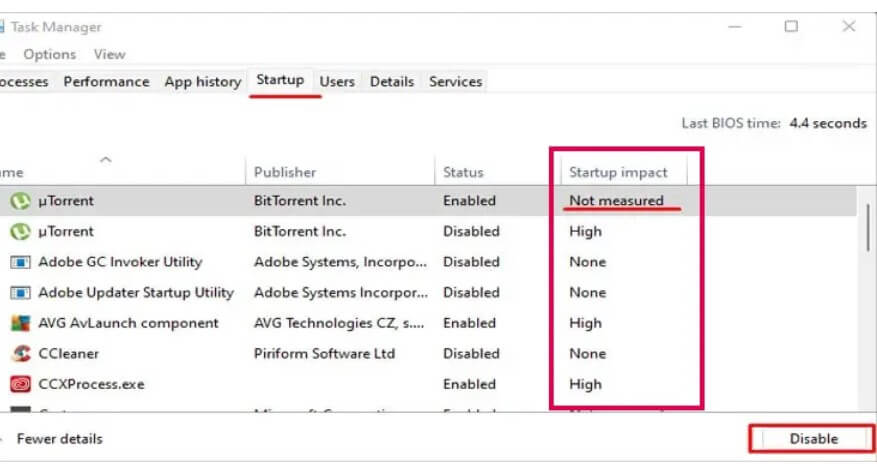
Solution 4. Adjust Virtual Memory
Due to the shortage of memory, your Windows PC will automatically use memory from your storage devices to expand the RAM. This is known as Virtual memory.
When a computer uses virtual memory, it uses a page file that provides storage from your hard drives. This can take up the excess data from the RAM. So, in order to increase virtual memory, you have to increase the page file size.
But, this doesn’t mean that you can adjust the virtual memory to a great extent. You can set virtual RAM minimum up to 1.5 times and maximum to three times the actual computer’s RAM. Here’s how to increase the virtual memory:
Step 1. Open the Windows Settings using the Windows + I keys.
Step 2. Go to System > About > Advanced system settings.
Step 3. Under the Advanced tab, click on the Settings beneath the Performance section.
Step 4. Next, go to the Advanced tab, and click on Change under Virtual memory.
Step 5. Uncheck the Automatically manage paging file size for all drives. After that, check the Custom size.
Step 6. Choose Initial and Minimum size for your virtual memory and click on OK.
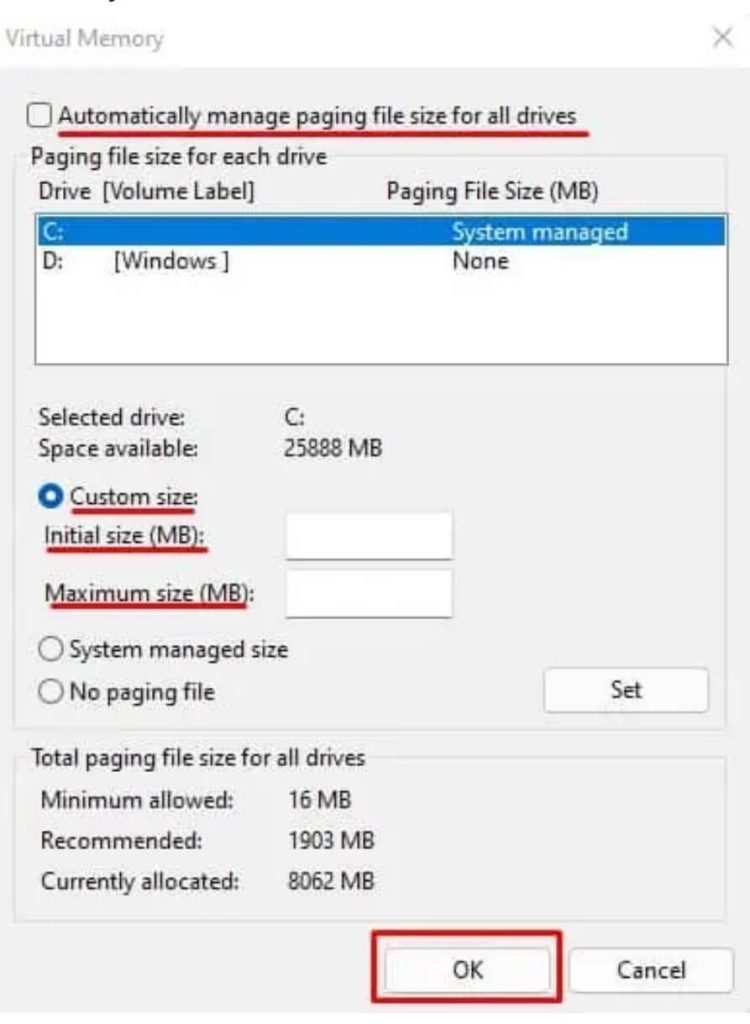
Step 7. Click on Apply > OK. Then, restart your PC to save changes.
Solution 5. Change NDU Value
Many Microsoft users encounter an error that displays 99% memory usage. Even though the device has significant free RAM, you might still get an error message saying, “Computer low on memory”.
This error is triggered due to some unknown bugs in the Network Diagnostic Usage (NDU). But thankfully, you can fix NDU errors by changing Registry values. Before tweaking with the Registry Editor, ensure to backup your system. This way, you will not lose your data if something goes wrong.
After backing up your system, follow these steps to change the NDU value:
Step 1. Open the Run dialogue box by pressing the Windows + R keys.
Step 2. Enter the regedit and hit Enter.
Step 3. Go to this location—
Computer\HKEY_LOCAL_MACHINE\SYSTEM\ControlSet001\Services\Ndu
Step 4. Double-click on Start from the right panel.
Step 5. Under Value data, replace the value with 4.
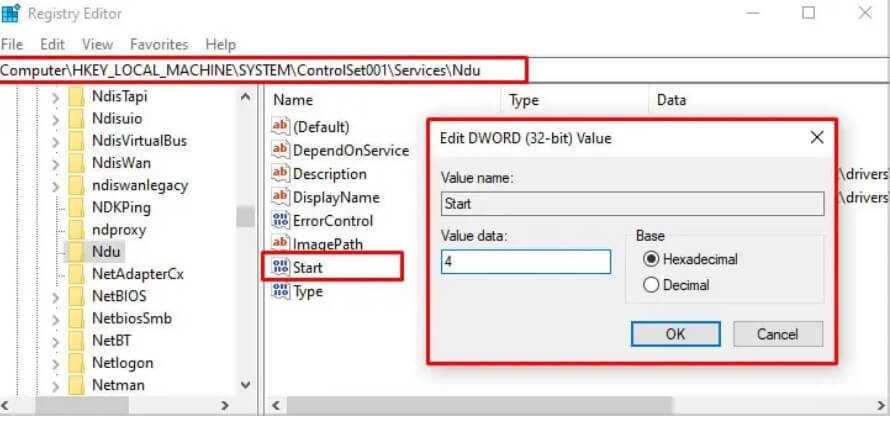
Step 6. Click on OK.
Step 7. Restart your computer to apply the changes to reduce RAM usage on your Windows PC.
Solution 6. Remove Browser Extensions
If your web browser speed is low, this might be happening due to multiple browser extensions running in the background. So, you should remove unwanted browser extensions to reduce RAM usage.
Every web browser has a different process to deactivate extensions. For this guide, we will show how to disable extensions in Chrome:
Step 1. Launch the Chrome app and click on the three vertical dots from the top.
Step 2. Click on Settings > Extensions.
Step 3. Toggle the button next to the extension that you want to turn off.
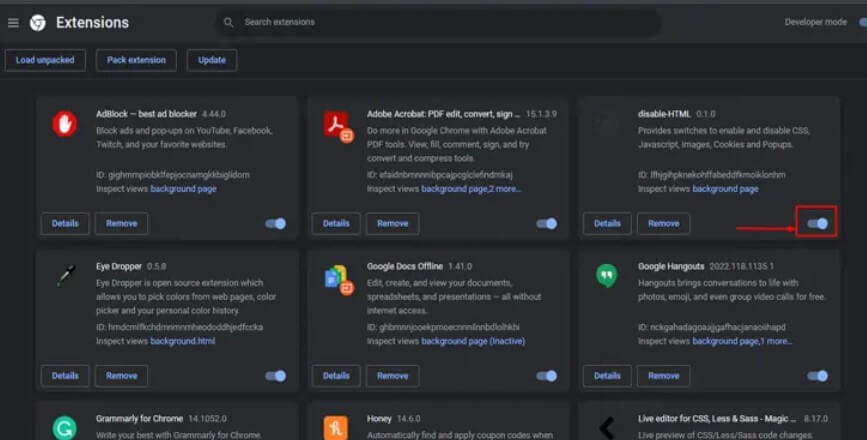
Solution 7. Run Virus Scans
If your computer is infected with malware, it can consume space in the memory and reduce the device’s overall performance. So, if you see an application taking up a large space in your memory, it is better to run the antivirus scan.
Today, you can find many great antivirus software for Windows like McAfee, Norton, etc. Besides third-party tools, you can use the Windows default utility called Windows Defender to scan your computer for viruses. Here is a step to use the Windows Defender:
Step 1. Press Windows + I key to open Settings.
Step 2. Head over to Privacy & Security > Windows Security > Open Windows Security.
Step 3. Select Virus & threat protection.
Step 4. Go to the Current threats and click on Scan options.
Step 5. Check Full scan and click on Scan now.
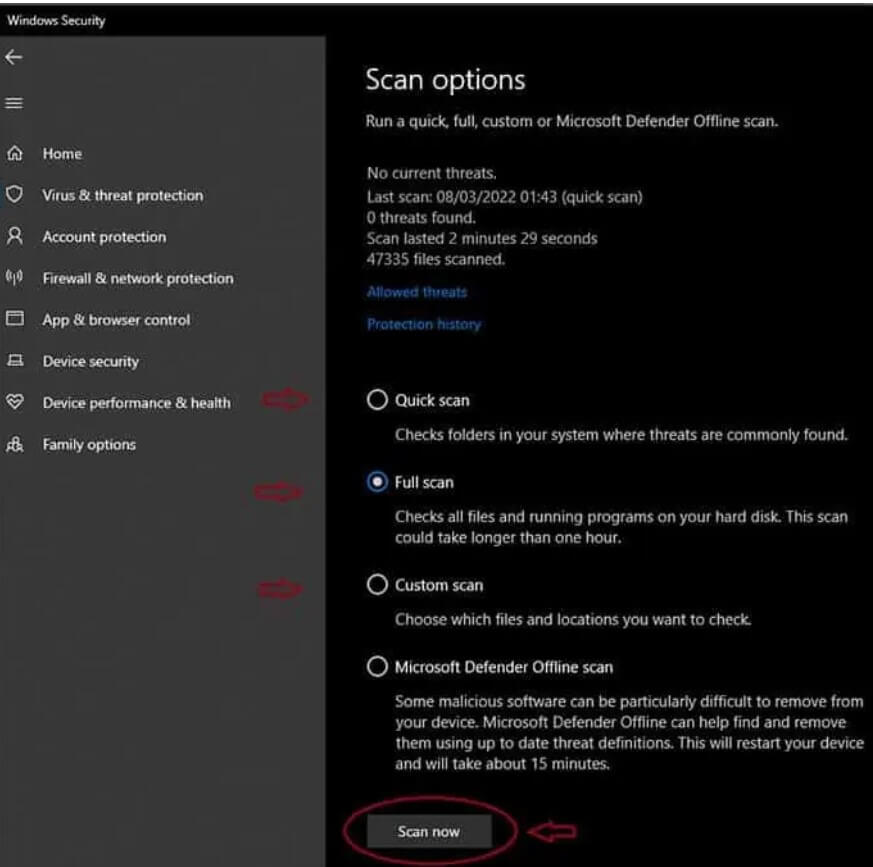
Step 6. If there are any threats, Windows Defender will remove them.
Solution 8. Get a Dedicated Graphics Card
Your PC will share physical memory with graphical memory without a dedicated GPU. That means if your system only runs on integrated graphics, it will use RAM to perform graphics-related tasks. This can lead to high RAM usage during games and make your system lag.
Thus, the system doesn’t need to share RAM memory when using a shared graphics card. The GPU can manage all tasks related to graphics.
Solution 9. Disable the Superfetch Services
Superfetch or SysMain is a service that runs in the background to analyze your frequently used programs and preloads them into RAM. This will reduce the application startup time, but it can increase RAM usage.
Thus, you can try to disable SysMain services to reduce RAM usage on your PC. To do so:
Step 1. Launch the Run dialogue box using Windows + R keys.
Step 2. Enter “services.msc” and press Enter.
Step 3. On the Services window, look for SysMain or Superfetch and double-click on it.
Step 4. Change the Startup type to the manual and click on Stop under Service status.
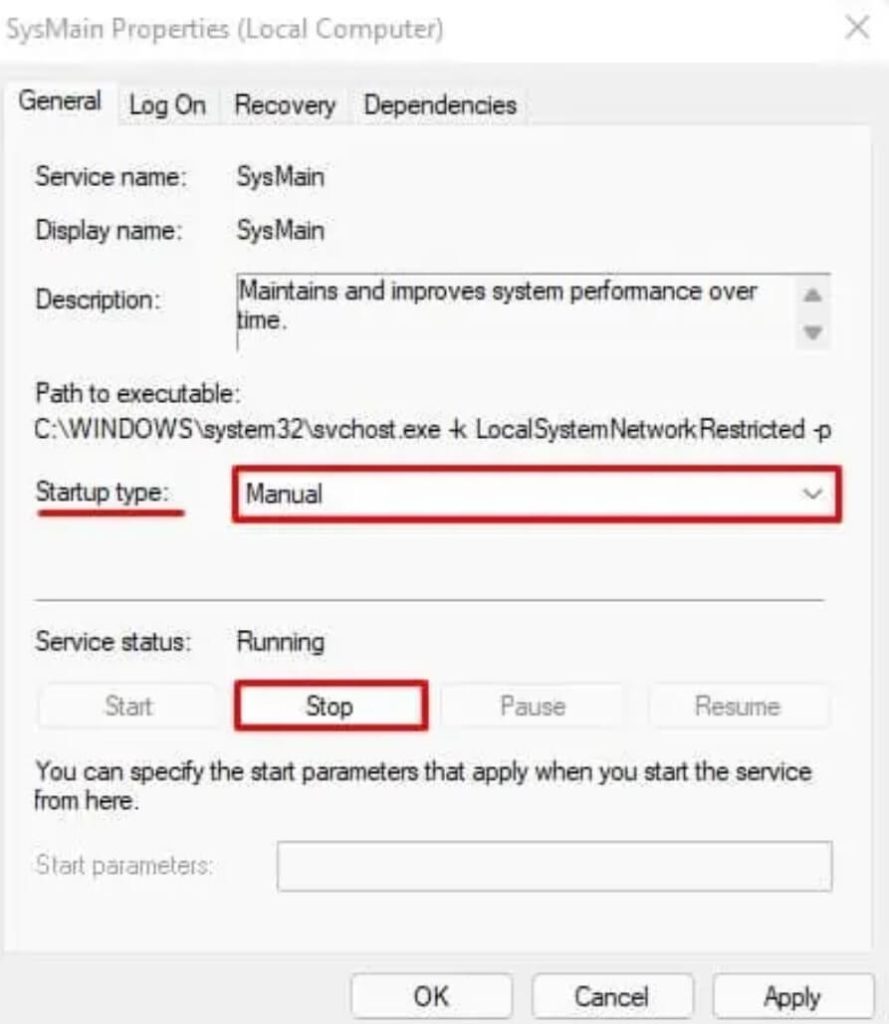
Step 5. Click on Apply > OK.
Solution 10. Disable Site Isolation
Chrome users have the Site Isolation feature enabled by default. This feature provides a defense mechanism against malicious websites that can breach browser security to access its data.
However, this setting can lead to high memory usage. We don’t recommend disabling this setting, but if your PC is super slow, you can try this solution to reduce RAM usage. Follow these steps to disable Site Isolation:
Step 1. Open Chrome and search for chrome://flags/ in the address bar.
Step 2. Up next, search for Site Isolation.
Step 3. Expand the dropdown menu Site Isolation and select Disabled.
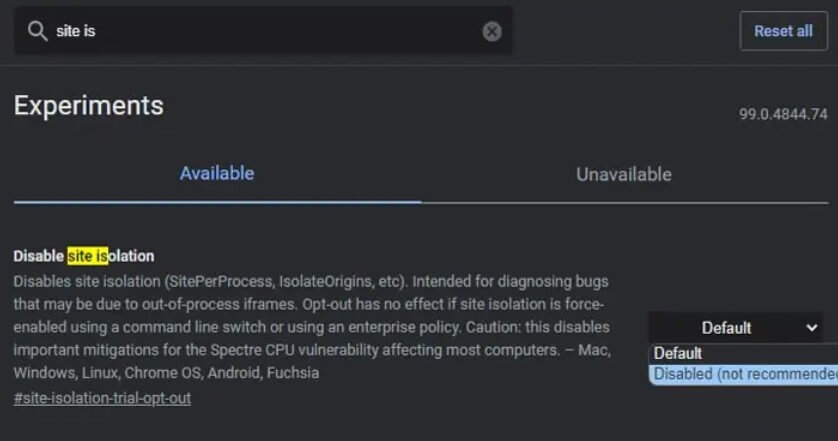
Solution 11. Disable Animations
Windows 10 and 11 have modern and stunning animations to bring various interface elements to life. However, the animations are loaded in RAM and always stay there.
So, it is best to disable most or all animations to reduce pressure from your RAM. Especially if you are already running on low memory. This is how to disable Windows animations:
Step 1. Click on the Start menu and type “View advanced system settings “.
Step 2. Go to the Advanced tab > Performance tab > Settings.
Step 3. Choose Adjust for best performance. Alternatively, set it to Custom. This way, animations will work only when they get sufficient free space.
Solution 12. Close Web Browser Tabs
If your internet browser is running at a bullock cart speed, it could be because you have too many tabs opened simultaneously. If you are using Chrome and it consumes all-time high memory. Each tab in Chrome runs a separate process and takes up high RAM usage.
Thus, to stop web browsers from hogging your memory, close all the tabs once you are done. In fact, close web browsers while playing or performing other heavy tasks on your computer.
Solution 13. Upgrade Your RAM
When nothing works to reduce RAM usage on your Windows PC, you have only one option left — upgrade your RAM. This way, you don’t have to turn off background programs and remove applications. And, you can enjoy all Windows graphics on your device.
Plus, you can never have too much RAM. If your computer only has one stick RAM, get one more to run sticks in Dual-channel mode. Dual-channel can increase your PC’s performance by 20-30%.
In addition, it is recommended to get at least 16 GB of RAM to ensure your system runs smoothly.
Parting Remarks
High pressure on the RAM is never good. It makes your PC slow, sluggish and buggy. Thus, always follow the preventive measures to reduce RAM usage from your Windows PC.
We have shared the best 13 solutions to free up your RAM. We hope these methods will help to improve your PC’s performance. Meanwhile, don’t forget to check other Windows guides on this website.
Popular Post
Recent Post
How to Troubleshoot Xbox Game Bar Windows 10: 8 Solutions
Learn how to troubleshoot and fix issues with the Xbox Game Bar not working on Windows 10. This comprehensive guide provides 8 proven solutions to resolve common problems.
How To Record A Game Clip On Your PC With Game Bar Site
Learn how to easily record smooth, high-quality game clips on Windows 11 using the built-in Xbox Game Bar. This comprehensive guide covers enabling, and recording Game Bar on PC.
Top 10 Bass Booster & Equalizer for Android in 2024
Overview If you want to enjoy high-fidelity music play with bass booster and music equalizer, then you should try best Android equalizer & bass booster apps. While a lot of these apps are available online, here we have tested and reviewed 5 best apps you should use. It will help you improve music, audio, and […]
10 Best Video Player for Windows 11/10/8/7 (Free & Paid) in 2024
The advanced video players for Windows are designed to support high quality videos while option to stream content on various sites. These powerful tools support most file formats with support to audio and video files. In this article, we have tested & reviewed some of the best videos player for Windows. 10 Best Videos Player […]
11 Best Call Recording Apps for Android in 2024
Whether you want to record an important business meeting or interview call, you can easily do that using a call recording app. Android users have multiple great options too. Due to Android’s better connectivity with third-party resources, it is easy to record and manage call recordings on an Android device. However it is always good […]
10 Best iPhone and iPad Cleaner Apps of 2024
Agree or not, our iPhones and iPads have seamlessly integrated into our lives as essential companions, safeguarding our precious memories, sensitive information, and crucial apps. However, with constant use, these devices can accumulate a substantial amount of clutter, leading to sluggish performance, dwindling storage space, and frustration. Fortunately, the app ecosystem has responded with a […]
10 Free Best Barcode Scanner for Android in 2024
In our digital world, scanning barcodes and QR codes has become second nature. Whether you’re tracking packages, accessing information, or making payments, these little codes have made our lives incredibly convenient. But with so many barcode scanner apps out there for Android, choosing the right one can be overwhelming. That’s where this guide comes in! […]
11 Best Duplicate Contacts Remover Apps for iPhone in 2024
Your search for the best duplicate contacts remover apps for iPhone ends here. Let’s review some advanced free and premium apps you should try in 2024.
How To Unsubscribe From Emails On Gmail In Bulk – Mass Unsubscribe Gmail
Need to clean up your cluttered Gmail inbox? This guide covers how to mass unsubscribe from emails in Gmail using simple built-in tools. Learn the best practices today!
7 Best Free Methods to Recover Data in Windows
Lost your data on Windows PC? Here are the 5 best methods to recover your data on a Windows Computer.
